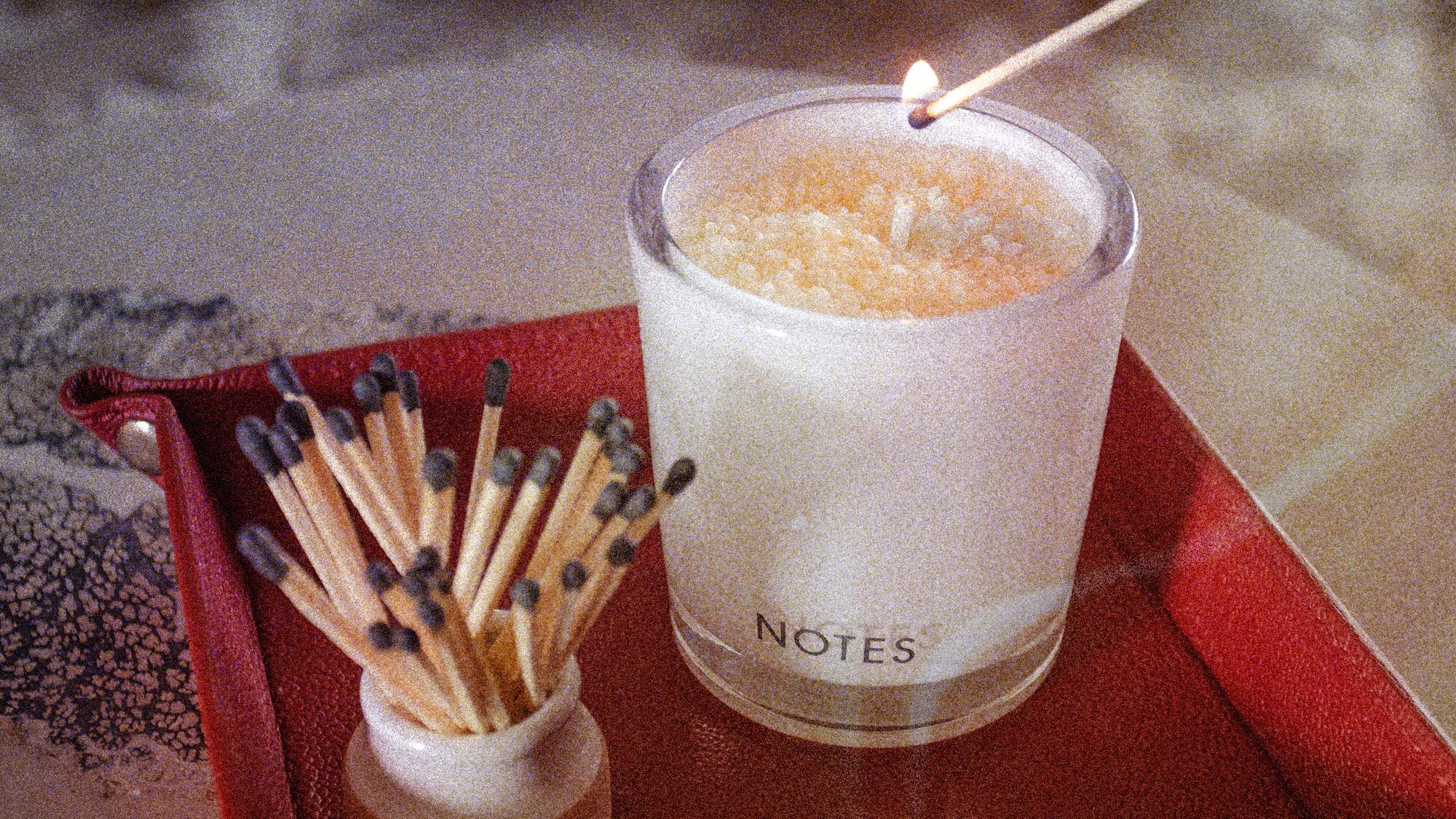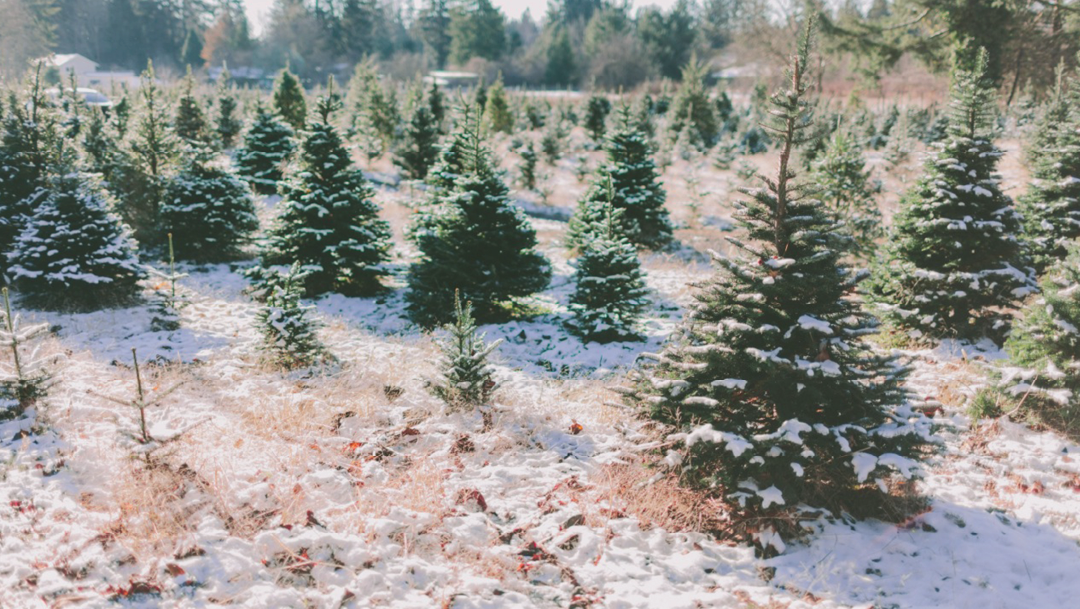

Can candles be sustainable?
What would a birthday be without wishing on a candle flame? What would Hanukah or Advent look like without the methodical lighting of candles? Whether light in the dark, fragrance for the space you call home, or an intrinsic link to celebration, candles have certainly sustained themselves throughout history. But are candles themselves sustainable?
That’s a tougher question.
At NOTES®, we define sustainability as products that meet our own needs (and let’s be honest, our fragrance wants) without compromising the ability of future generations to meet their needs. The call for sustainable practices from consumers has ignited more environmentally conscience production and consumption, yet the candle industry has remained largely unchanged. The billion-dollar candle industry leaves behind an unnecessarily large environmental footprint, and whether it be wax or waste, has not yet earned a seat at the table when it comes to sustainability. But what if there was a more responsible way to candle?

Much of this industry's footprint is tied to single use candle vessels. An estimated 2 billion candles are sold in any given year, with an equal or greater number ending up in landfills. As a consumer, you can extend this lifespan by repurposing your candle vessel. For instance, turning it into a pot for a plant, a cocktail glass, or even a toothbrush holder. But personal accountability is not the same as sustainability. To be sustainable, a candle must actively be anti-waste. NOTES® patented technology works to combat this waste by engineering a multi-use vessel. Instead of disposing of the candle vessel after each use, the consumer can refill it with highly fragranced wax beads.
The majority of the remaining footprint is tied to the use of petroleum-based waxes. The most commonly used candle waxes contain Paraffin. Paraffin is derived from petroleum and harvested through the energy intensive process of de-waxing. Not only is petroleum a non-renewable resource, but the petroleum content in the wax also means it can produce air pollutants when burned. The cleanest candles remain free of Phthalates, Parabens, and Dyes and contain eco-friendly wax alternatives. At NOTES®, we adhere to these guidelines crafting our candle wax from 100% natural materials and a blend of three natural waxes: soy, rice bran, and beeswax. Natural blends like this mean that the wax can be grown and harvested, making it a non-exhaustive and farm friendly resource.
The remaining footprint created by the candle industry relates to safe transport. Glass containers are bulky, heavy, and breakable. Their transportation is typically over long distances and comes with a significant carbon emission impact. Therefore, protective packaging is required to safely transport containers to retailers and/or end consumers. Using minimal packaging or packaging that has been recycled helps mitigate these packaging impacts. However, while it’s good to utilize recyclable packaging materials, it’s far more sustainable to eliminate and/or minimize the need for it altogether. NOTES® achieves this through bagged wax beads rather than pre-fitted wax blocks in a vessel. These beads are packed in a biodegradable bag and shipped in recycled corrugated boxing. To further reduce packaging, we ship our initial candle vessel in a recyclable paperboard wrap that allows the consumer to see the glass vs a more traditional encapsulated paperboard.
A candle with big fragrance and minimal footprint is not the industry standard. However, NOTES® Candle Refill System™ makes it easy to reuse vessels again and again for a more responsible way to candle. And that is sustainable.

Share:
4 comments
-
Hi Kate! We use a thoughtful blend of natural and synthetic fragrances. Where natural essential oils may risk ingredients being over-harvested or endangered, we use nature-identical synthetics. We carefully weigh these choices to not only offer broader fragrance possibilities to our fine fragrance perfumers, but also to be holistically safe for people & the planet.
NOTES® Candle on
-
Hi! How are your fragrances made? Are they 100% essential oils?
Kate Sharp on
-
Hi Payten! The outer layers of our bag break down naturally in a home-compost environment. The inner layer can be removed from compost if found and disposed of with normal trash. 60% less material goes to the landfill.
NOTES® Candle on
-
Hi, I am wondering about your bag you use for the wax beads. Your item description says it is only 60% compostable. Is there any easy way to tell and separate the compostable and non compostable? Also is the bag home compostable or only industrial compostable?
Thank youPayten Maness on
Keep reading
-

Four Essential Holiday Cocktails (With The Perfect NOTES® Fragrance to Pair 😉)
Using two senses is better than one - which makes pairing flavors and scents so fun. These are the perfect cocktails to pair with each NOTES® holiday fragrance for your next December gathering or cozy night in. Trust us, you'll want to try them all -

The Environmental Impact of the Holidays
It’s finally December, which means it's officially time for festive chaos. Chances are, your to-do list is looking like a CVS receipt these days. With cookies to bake, family to see, projects to finish, and gifts to buy, a lot can go unnoticed this time of year. And while it’s all done in the name of fun and cheer, it can leave a pretty intense mark on the environment. In fact, the holidays leave one of the biggest carbon footprints of the entire year. -

8 Tips for a Greener Thanksgiving
As we prepare to gobble up a feast of gratitude and gatherings, it's important to understand that Thanksgiving can also generate a significant amount of waste. According to the Natural Resources Defense Council (NRDC), Americans typically throw away about 200...


